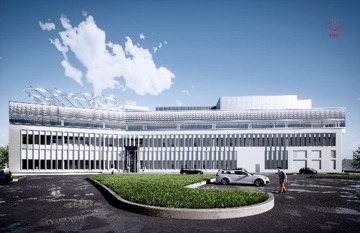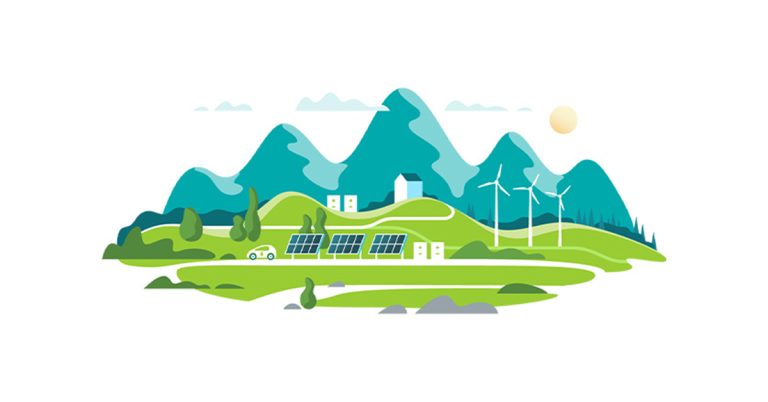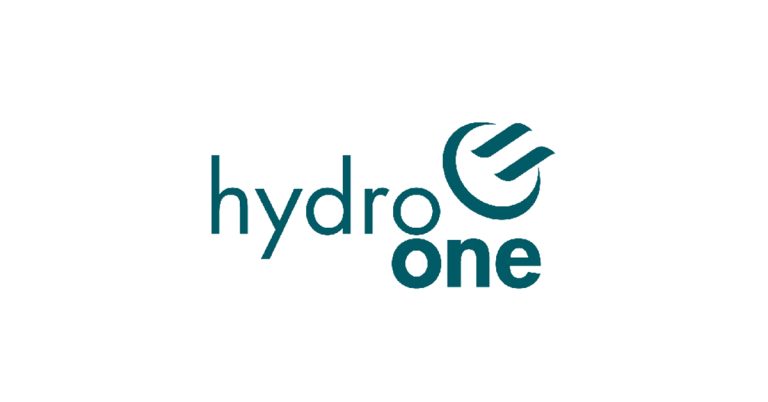Government of Canada Opens Doors to Innovative Laboratory for Clean Energy Development
May 21, 2024
Through the Laboratories Canada strategy, the Government of Canada is providing federal scientists and researchers with world-class, sustainable and collaborative facilities to support the transformative changes facing science today and into the future.
Today, Charles Sousa, Member of Parliament for Mississauga–Lakeshore and Parliamentary Secretary to the Minister of Public Services and Procurement announced the completion of the newly expanded TerraCanada advanced materials research facility in Mississauga, Ontario. Completed in April 2024, the expanded facility is the result of a $77-million investment in science infrastructure. The construction of this new facility involved up to 100 workers on-site daily, generating local economic benefits.

The TerraCanada advanced materials research facility consists of 2 new floors that add more than 6,000 square metres of laboratory and supporting spaces to the existing National Research Council of Canada (NRC) building. This facility brings together scientists from the NRC and Natural Resources Canada (NRCan) to collaborate with federal scientists working at the complementary TerraCanada Hamilton facility located at the NRCan CanmetMATERIALS building, along with academic partners at Canadian universities and industry collaborators.
The TerraCanada facilities in Mississauga and Hamilton will use materials acceleration platforms (MAPs) to make the process of discovering and developing materials faster and more efficient, cost-effective, accurate and precise by leveraging artificial intelligence, robotics and high-performance computing. New materials are critical for creating the clean technologies needed to help Canada in meeting its emission reduction targets and growing its clean energy and manufacturing sectors.
The research carried out at the Mississauga and Hamilton facilities contributes to the objectives of the TerraCanada science hub, including:
- developing the economic potential of Canada’s land and resources in a sustainable manner
- supporting Canada’s transition to a low-carbon economy
- mitigating the impacts of natural and human-made hazards on the safety and health of Canadians
The Mississauga facility provides modern, sustainable and accessible laboratories and office spaces for around 100 scientists, research partners and administrative staff. By investing in leading-edge science infrastructure, the Laboratories Canada strategy will attract and retain global talent and promote opportunities for diverse researchers and students, strengthening the Canadian research landscape for generations to come.
Quick facts
- Laboratories Canada is a long-term strategy that delivers on the vision to strengthen federal science in Canada. The strategy includes the development of science hubs across the country. These hubs will bring together science-based departments and agencies to advance research in science priority areas in modern, sustainable and accessible laboratories and collaborative spaces enabled by modern digital information technology.
- Budget 2018 launched this strategy with an initial investment of $2.8 billion, and Budget 2024 invested a further $900 million, making the total investment to date $3.7 billion, all to support federal scientists in the important work that they do for Canada.
- The Mississauga and Hamilton facilities will support the collaborative development of advanced materials through the utilization of MAPs, a new approach to materials and process optimization. These advanced materials are key to developing the clean technologies needed to help Canada meet its emission reduction targets and grow its clean energy and manufacturing sectors.
- The expanded Mississauga facility demonstrates the government’s commitment to the environment and climate resiliency as the building achieved net-zero carbon emissions, and Leadership in Energy and Environmental Design (LEED) Gold plus certification. The facility features sustainability measures as well, including electric vehicle charging ports, light-emitting diode (LED) lighting, and site-generated renewable energy through a geothermal exchange heat pump plant and solar cells.







